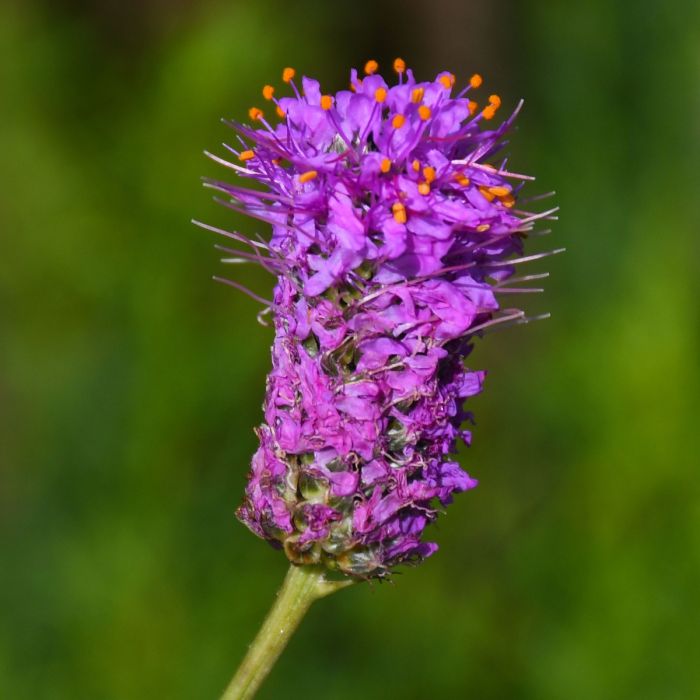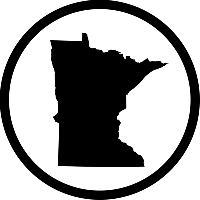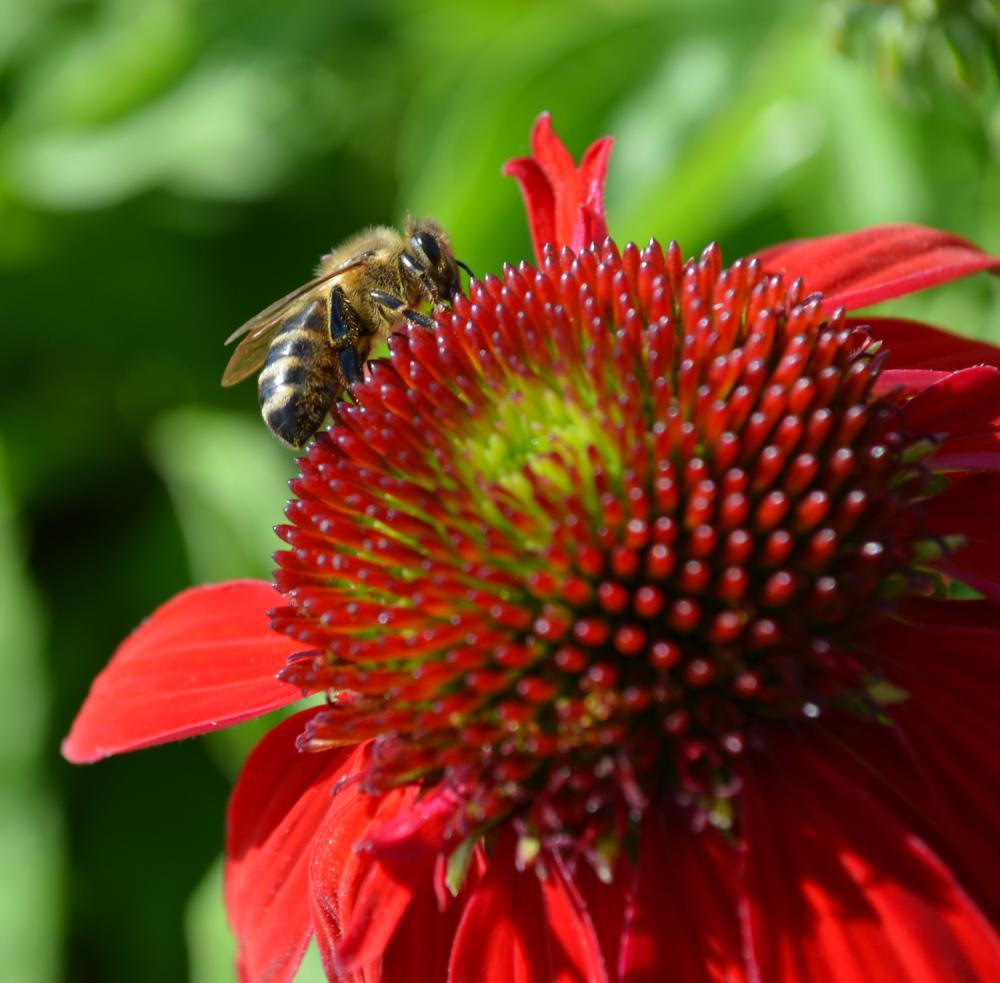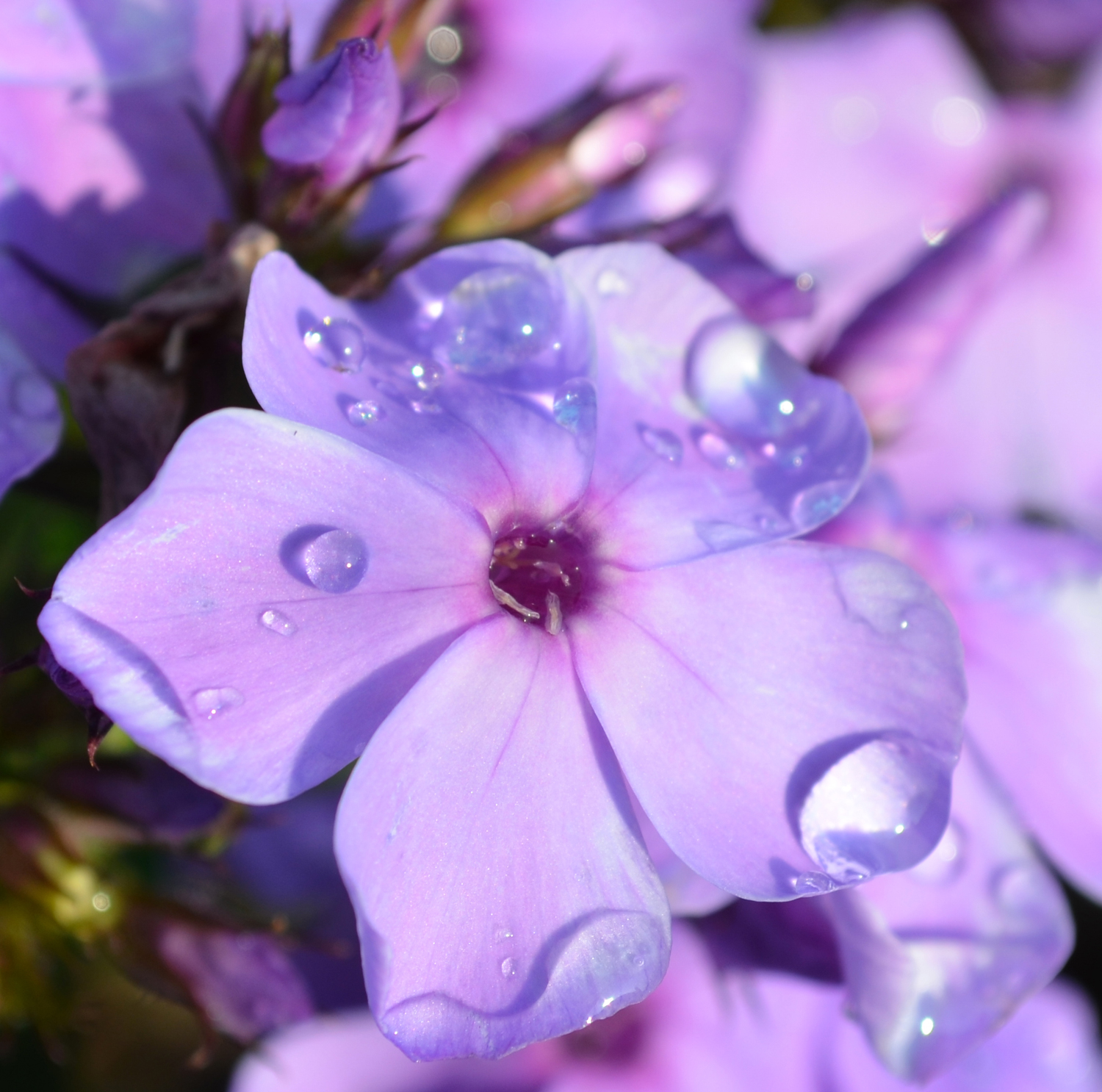Dalea, Purple Prairie Clover 'Minnesota Native'




Out of stock
Coming soon, still growing- Sun Preference
- Full-Sun
- Bloom Time
- July, August
Description
Gorgeous purple and gold flowers atop of elegant foliage. Heat and drought tolerant. Dry to medium soils.
Minnesota's Largest Selection of Perennials
Discover an unparalleled selection of perennials at Gertens! With the largest variety in Minnesota, we offer endless options of colorful perennials, natives, and pollinator plants to beautify your garden year after year. From vibrant flowers to lush foliage, our perennials are perfect for adding beauty and charm to your outdoor space. Visit Gertens today and see why we're known as Minnesota's Destination Garden Center!
Details
Purple Prairie Clover | Dalea purpurea
Plant Height: 12 inches
Flower Height: 3 feet
Spacing: 12 inches
Sunlight: full sun
Hardiness Zone: 3a
Other Names: form. Petalostemon purpureum
Description:
A native clover found in glades, rocky open woods, and prairies; features dense, cone-like heads of tiny rose to purple flowers, atop erect, wiry spikes in summer; a nitrogen fixing plant that is very attractive to pollinators; drought tolerant
Ornamental Features
Purple Prairie Clover has masses of beautiful spikes of rose flowers rising above the foliage from early to late summer, which are most effective when planted in groupings. The flowers are excellent for cutting. Its tiny narrow pinnately compound leaves remain green in color throughout the season.
Landscape Attributes
Purple Prairie Clover is an herbaceous perennial with tall flower stalks held atop a low mound of foliage. Its relatively fine texture sets it apart from other garden plants with less refined foliage.
This plant will require occasional maintenance and upkeep, and is best cleaned up in early spring before it resumes active growth for the season. It is a good choice for attracting bees and butterflies to your yard, but is not particularly attractive to deer who tend to leave it alone in favor of tastier treats. Gardeners should be aware of the following characteristic(s) that may warrant special consideration;
- Self-Seeding
Purple Prairie Clover is recommended for the following landscape applications;
- Mass Planting
- Rock/Alpine Gardens
- General Garden Use
- Groundcover
- Naturalizing And Woodland Gardens
- Container Planting
Planting & Growing
Purple Prairie Clover will grow to be about 12 inches tall at maturity extending to 3 feet tall with the flowers, with a spread of 18 inches. When grown in masses or used as a bedding plant, individual plants should be spaced approximately 12 inches apart. Its foliage tends to remain dense right to the ground, not requiring facer plants in front. It grows at a fast rate, and under ideal conditions can be expected to live for approximately 10 years. As an herbaceous perennial, this plant will usually die back to the crown each winter, and will regrow from the base each spring. Be careful not to disturb the crown in late winter when it may not be readily seen!
This plant should only be grown in full sunlight. It is very adaptable to both dry and moist growing conditions, but will not tolerate any standing water. It is considered to be drought-tolerant, and thus makes an ideal choice for a low-water garden or xeriscape application. It is not particular as to soil type or pH. It is highly tolerant of urban pollution and will even thrive in inner city environments. This species is native to parts of North America..
Purple Prairie Clover is a fine choice for the garden, but it is also a good selection for planting in outdoor pots and containers. With its upright habit of growth, it is best suited for use as a 'thriller' in the 'spiller-thriller-filler' container combination; plant it near the center of the pot, surrounded by smaller plants and those that spill over the edges. Note that when growing plants in outdoor containers and baskets, they may require more frequent waterings than they would in the yard or garden. Be aware that in our climate, most plants cannot be expected to survive the winter if left in containers outdoors, and this plant is no exception. Contact our experts for more information on how to protect it over the winter months.
More Information
| Gerten Grown Plants | Gerten Grown Plants |
|---|---|
| MN Native Plants | MN Native Plants |
| Sun Preference | Full-Sun |
| Bloom Time | July, August |
| Mature Spread (Range) | 12" - 24" |
| Mature Height (Range) | 13" - 24" |
| USDA Hardiness Zone | 4, 5, 6, 7, 8 |


